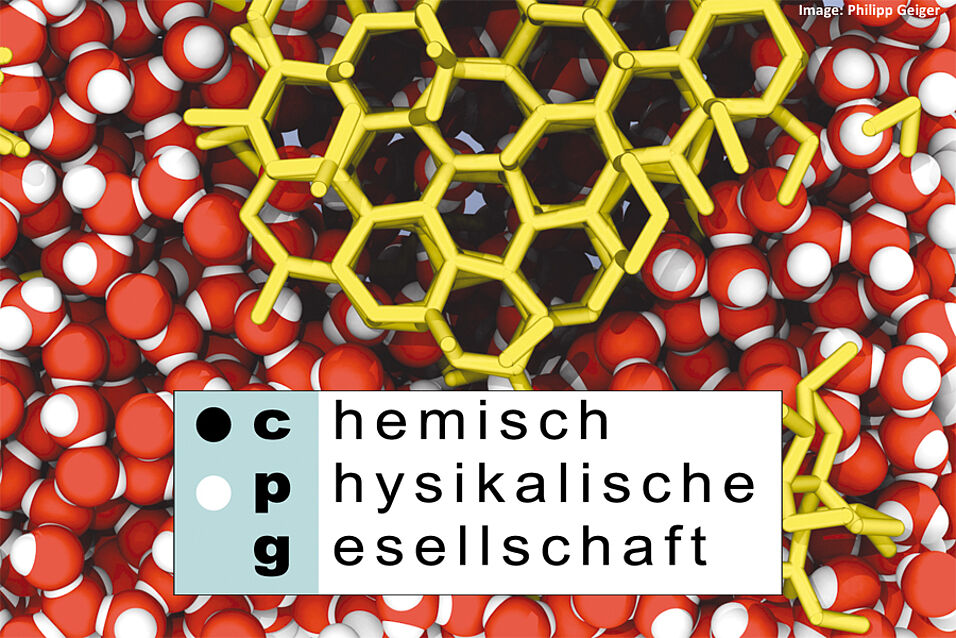Vortrag im Rahmen der Chemisch Physikalischen Gesellschaft
The term "partial charge" is a rather loose concept in chemistry that assists chemists to understand the reactivity of compounds. It hints at which parts of the molecules are more reactive than other parts, how to two different molecules interact and approach one another. In synthesis, the concepts help to design reaction mechanisms for the construction of novel reactions and compounds.
There is no quantitative way to determine partial charges experimentally for general crystal quality. (X-ray) Charge density studies require data quality that is seldomly provided by common compounds. Database approaches, that overcome this limitation of very high data quality can only be applied to systems that can be computed, which is not always the case, e.g. not for innocent ligands, or many inorganic samples like zeolites.
Sometimes, partial charges can be assigned by quantum chemical computations. The first step is always the computation of an electrostatic potential, which is considered a reliable computation. However, there are numerous concepts how to assign partial charges to the individual atoms.
In this presentation, I will introduce iSFAC modelling. iSFAC modelling is an extension to crystal structure determination with electron diffraction. It is an elegantly simple approach to assign quantitative partial charges to molecules. The requirements to the sample quality are the same as for standard structure determination for chemical compounds. High resolution data, data completeness, and data multiplicity are all required at ranges that most crystals fulfill when they are suitable for electron crystallography.
iSFAC modelling makes use of the fact that scattering factors for ions diverge to plus or minus infinity at 2theta -> 0 degree, and thus are very distinct from the scattering factors for neutral atoms. Thus, iSFAC modelling is broadly applicable, especially when the unit cell dimensions are above 10-15A. The method is available for any type of molecule, be inorganic, organic, metal organic. The workflow is straightforward for crystallographers familiar with the syntax of the refinement program SHELXL. Our worked looked at three organic compounds tyrosine, histidine, ciprofloxacin, as well as the inorganic catalyst material zeolite ZSM-5. I am going to present the method, and show some of the details iSFAC produced for the molecules we investigated.

